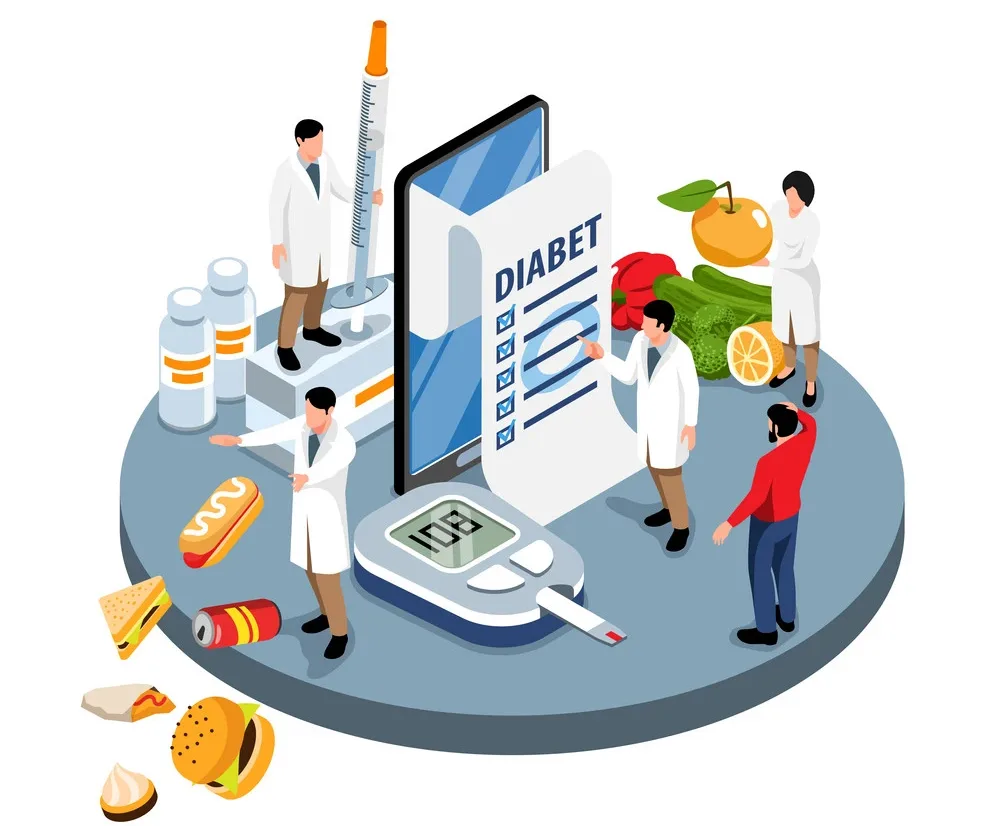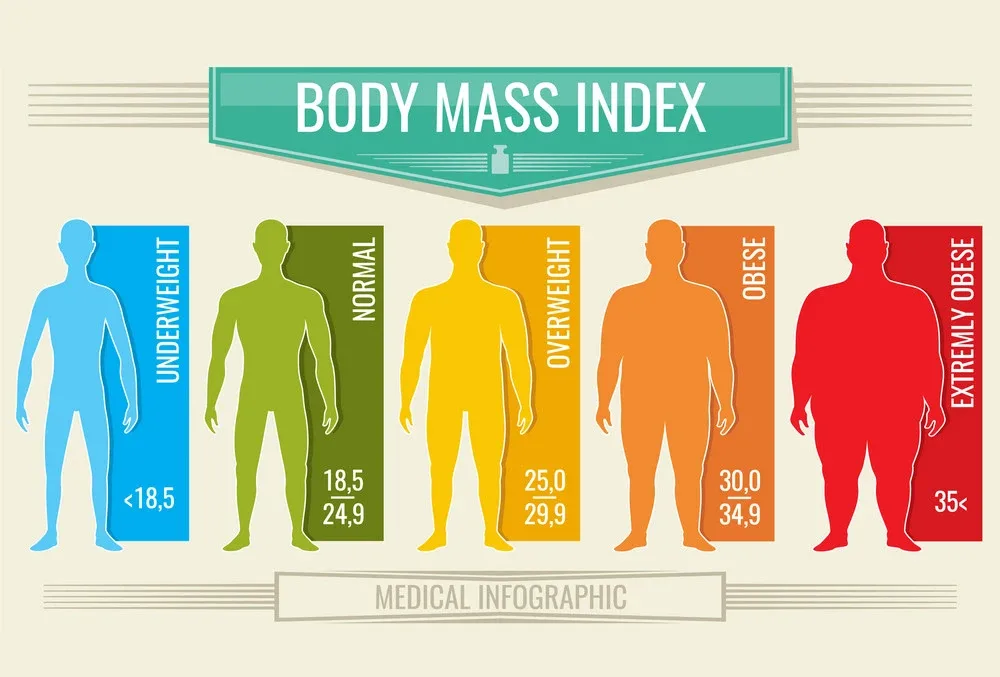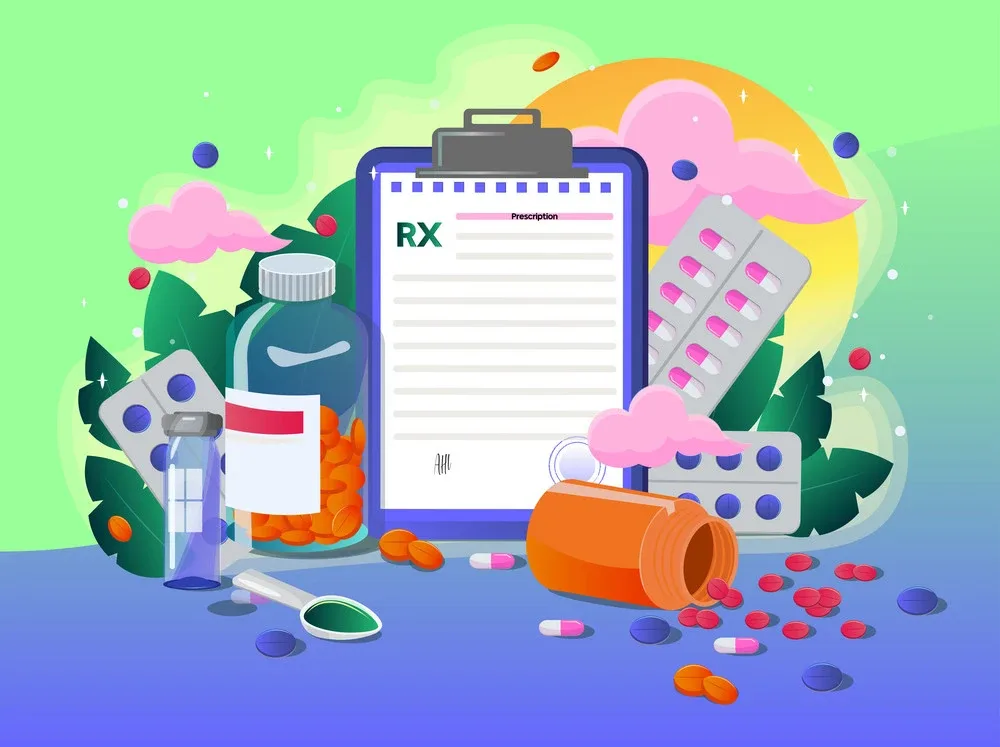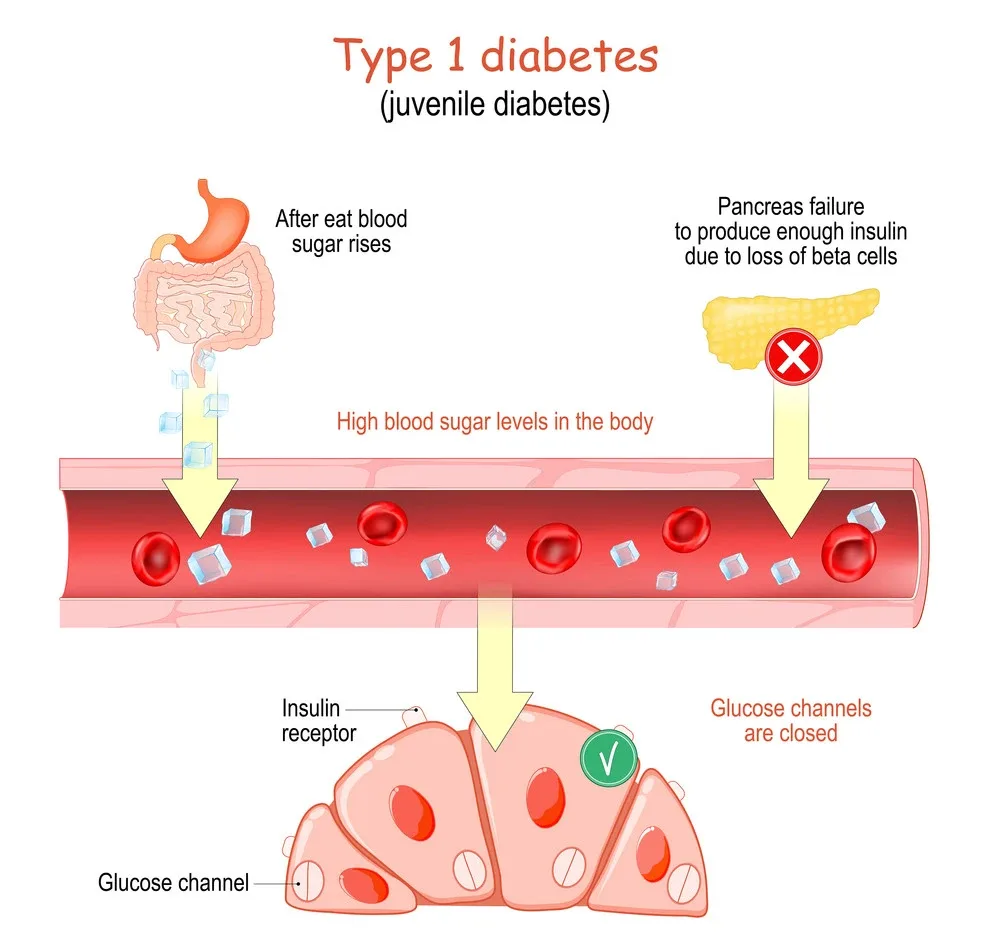Six simple tips to reduce your blood pressure
Houston Endocrine Center2022-12-26T14:18:34+00:00
High blood pressure (known as hypertension) is the most common condition doctors see in their offices. It can have serious health effects—especially if it’s left untreated. Fortunately, you can do plenty of things to help lower your risk and keep your blood pressure in check. Below are six simple tips that will keep your heart healthy and reduce your chances of developing high blood pressure:
1. Lose weight
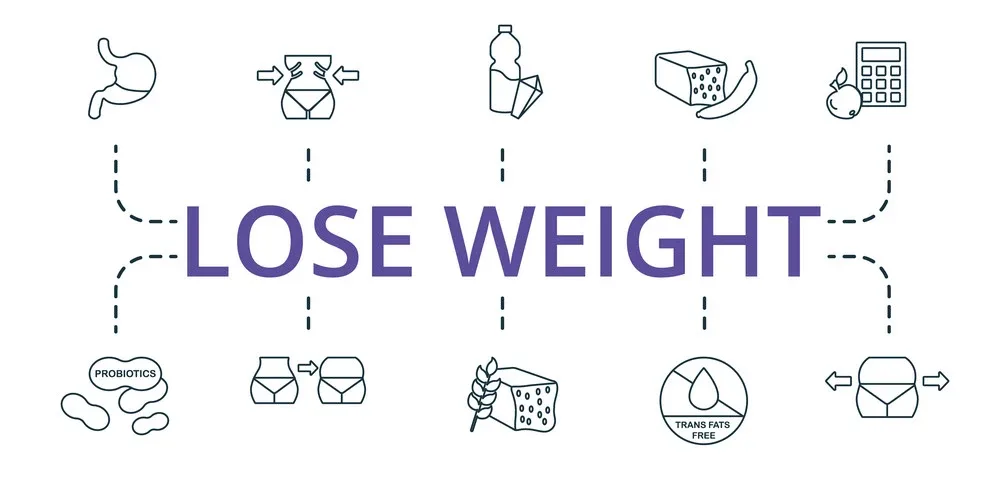
Losing weight is one of the most effective ways to reduce blood pressure. Being overweight or obese influences blood pressure readings, so shedding pounds can lower your reading. It’s worth noting that losing weight can help prevent other health problems that may lead to hypertension even if you’re not overweight.
You don’t have to be morbidly obese or give up your favorite foods forever—make small changes like eating more vegetables and less sugar and salt, along with exercising regularly (at least 30 minutes per day).
2. Exercise regularly

Regular exercise is one of the best methods to reduce high blood pressure. The more active you are and the longer you maintain your routine, the lower your blood pressure.
Aerobic exercise is any activity that improves or maintains your heart and lung function while getting you more fit, such as:
- Brisk walking
- Running/jogging
- Cycling/stationary bike riding
Try to do 30 mins of aerobic exercise most days of the week.
3. Eat a balanced diet.

A balanced diet is also the most important factor in reducing blood pressure. This means eating a variety of foods from all food groups, including fruits and vegetables (4-5 servings per day), dairy products (2-3 servings per day), grains (6-8 servings per day), and protein foods (2-3 servings per day).
For example, you should eat less saturated fat from animal sources such as meat and full-fat dairy products. You must also reduce salt intake by avoiding processed foods like ready meals or buying low-sodium options. Avoid sugary drinks like cola or fruit juice with added sugar. It’s best if you can replace these with water instead.
4. Cut down on salt

Salt is a major cause of high blood pressure, so you should try to cut it down. Many foods contain salt – bread, breakfast cereals, and vegetables. Salt is also added to some foods during cooking or at the table.
To help reduce your salt intake:
- Eat less processed food and avoid fast food outlets.
- Read labels on packaged and tinned foods to check for the amount of sodium they contain. Low-sodium versions are available for some products if you can’t find them in the supermarket or local shop.
5. Manage stress

Stress is a major contributor to high blood pressure, as it can cause the body to release hormones that raise blood pressure. Stress can be caused by work, family, relationships, and other factors. To help reduce stress levels:
- Meditation
- Breathing exercises
- Exercise
- Relaxation techniques
6. Get a good night’s sleep.

Whether a night owl or an early riser, it’s important to take a good night’s sleep. Getting enough quality sleep can reduce your blood pressure and improve your health. Here are some tips for getting more restful shut-eye:
- Limit naps to 30 minutes or less. Sleeping too much at night can disrupt your natural sleep rhythm and make it harder for you to fall asleep. Naps should be taken during daylight hours, especially if they’re needed due to jet lag or other travel schedules.
- Establish regular bedtime routines, including relaxing activities like reading in bed or listening to soft music.
- Avoid caffeine after lunchtime; stop drinking alcohol for at least one hour before bed.
- Sleep in a cool, dark room with minimal noise; if necessary, use earplugs or an eye mask.
- Use your bedroom only for sleep; don’t watch TV or work on your computer there.
Conclusion
As you can see, you can do many simple things to reduce your blood pressure. However, it’s important to remember that this is not a one-size-fits-all approach. Everyone has different nutritional requirements and needs for their specific health condition, so talk with your doctor before starting any new treatment or diet plan.












